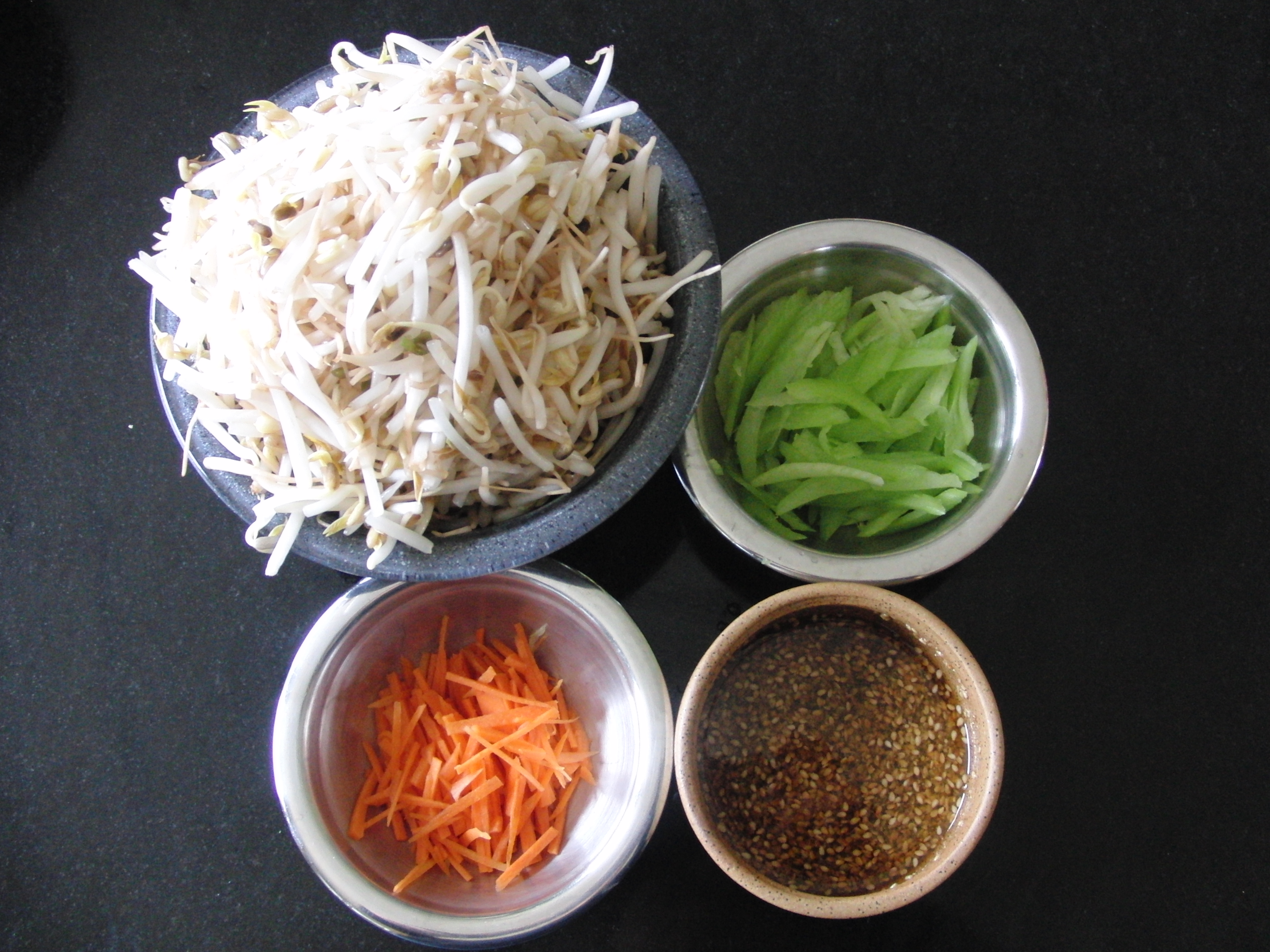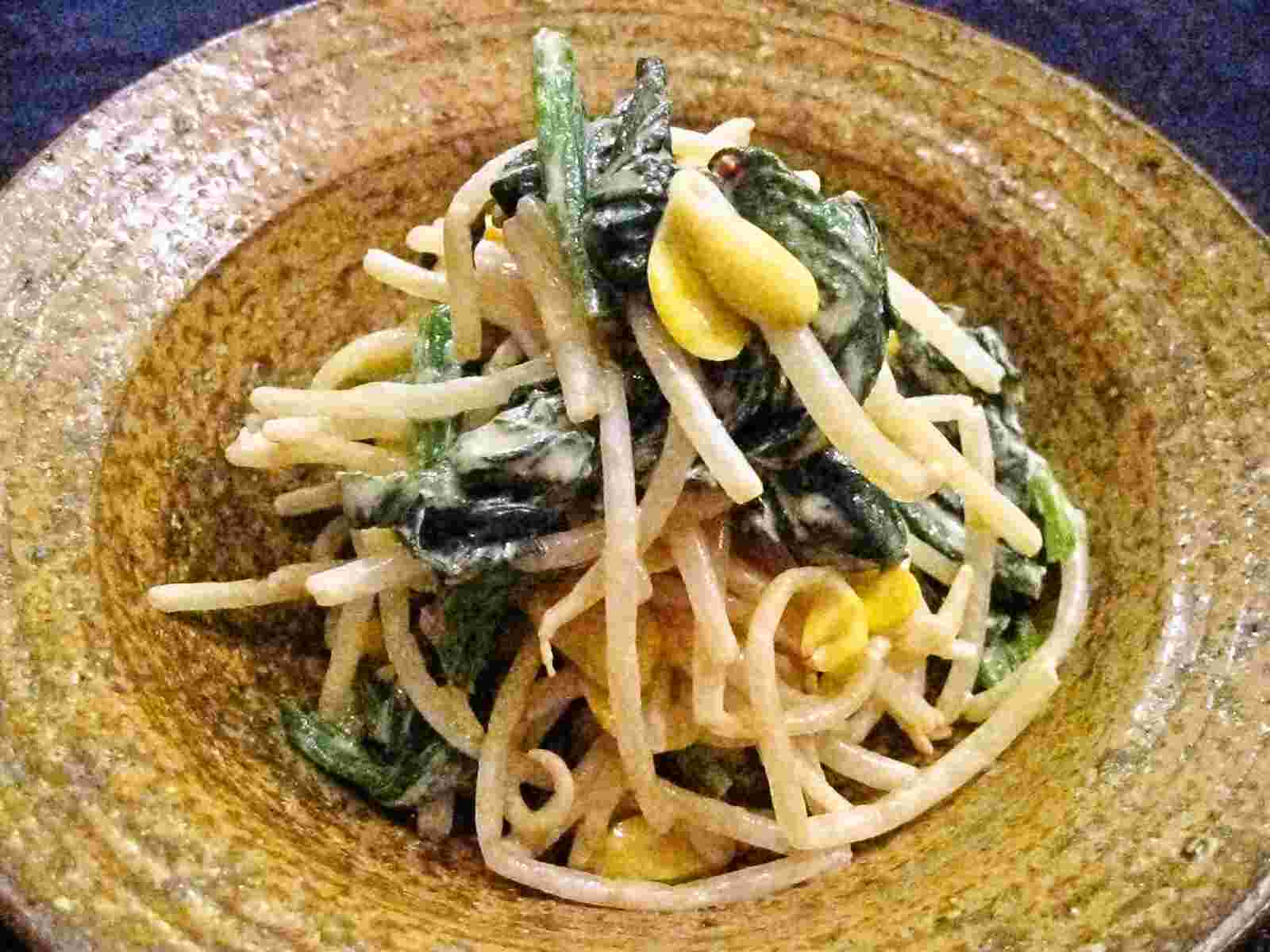Prepare to tantalize your taste buds with a delectable journey into the world of moyashi, also known as bean sprouts. These versatile and nutritious sprouts have been a culinary staple in many cultures for centuries, adding a delightful crunch and subtle flavor to countless dishes.
In this comprehensive guide, we’ll explore the culinary delights of moyashi, providing a variety of recipes, cooking techniques, and health benefits to inspire your next culinary adventure.
Whether you’re a seasoned chef or a novice in the kitchen, this guide will equip you with the knowledge and techniques to unlock the full potential of moyashi. So, let’s dive into the vibrant world of bean sprouts and discover the endless possibilities they offer.
Bean Sprout Background
Bean sprouts are young sprouts grown from various types of beans, such as mung beans, soybeans, and lentils. They have been a staple ingredient in Asian cuisine for centuries and are gaining popularity worldwide due to their nutritional value and versatility.
Cultivating bean sprouts involves soaking the beans in water until they germinate and develop small, tender shoots. The sprouts are then harvested and consumed raw or cooked in various dishes.
Nutritional Value
Bean sprouts are an excellent source of vitamins, minerals, and antioxidants. They are particularly rich in:
- Vitamin C: An antioxidant that supports immune function and collagen production.
- Vitamin K: Essential for blood clotting and bone health.
- Folate: A B vitamin crucial for cell growth and development.
- Iron: Necessary for oxygen transport and red blood cell production.
- Fiber: Promotes digestive health and helps regulate blood sugar levels.
Types of Bean Sprouts
Commonly used types of bean sprouts in cooking include:
- Mung bean sprouts: The most common type, with a mild flavor and crunchy texture.
- Soybean sprouts: Larger and firmer than mung bean sprouts, with a nutty flavor.
- Alfalfa sprouts: Known for their high chlorophyll content and slightly bitter taste.
- Lentil sprouts: Smaller and sweeter than other types, with a slightly peppery flavor.
Recipe Variations

The versatility of moyashi extends beyond simple stir-fries. Explore a diverse range of recipes that showcase its culinary potential in various cuisines.
Stir-fries
- Chinese Moyashi Stir-fry: A classic dish featuring tender moyashi tossed in a savory sauce made with soy sauce, garlic, and ginger.
- Korean Japchae: Glass noodles are combined with moyashi, carrots, spinach, and sesame oil to create a vibrant and flavorful stir-fry.
Salads
- Vietnamese Bean Sprout Salad: A refreshing salad with crispy moyashi, carrots, cucumbers, peanuts, and a tangy fish sauce dressing.
- Thai Som Tum: A spicy and sour salad featuring moyashi, tomatoes, green papaya, chili peppers, and lime juice.
Soups
- Japanese Miso Soup: A comforting broth-based soup with tofu, wakame seaweed, and moyashi.
- Korean Gamja-tang: A hearty soup made with pork bones, potatoes, and moyashi, seasoned with gochujang (Korean chili paste).
Spring Rolls
- Vietnamese Spring Rolls: Delicate rice paper wrappers filled with moyashi, carrots, cucumber, and herbs, served with a dipping sauce.
- Chinese Egg Rolls: Crispy fried spring rolls with a filling of moyashi, cabbage, pork, and vegetables.
Culinary Applications
Moyashi holds a versatile role in culinary practices, contributing to dishes in various forms. As a garnish, it adds a refreshing crunch and vibrant color to soups, salads, and stir-fries. Its mild flavor complements stronger ingredients without overpowering them.As a main ingredient, moyashi takes center stage in dishes like pad thai and mung bean salads.
Its crisp texture provides a satisfying bite, while its neutral flavor allows it to absorb the flavors of accompanying ingredients. It is also a valuable source of fiber, vitamins, and minerals, making it a nutritious addition to meals.Moreover, moyashi serves as an excellent side dish.
Steamed, stir-fried, or simply boiled, it provides a light and refreshing accompaniment to main courses. Its versatility allows it to be seasoned with various sauces and spices, making it a customizable dish to suit different palates.
4. Health Benefits
Moyashi, or bean sprouts, offer a wealth of nutritional benefits that contribute to a healthy diet and overall well-being.
One of the most significant health benefits of moyashi is their high fiber content. Fiber plays a crucial role in digestive health, promoting regularity and preventing constipation. It also helps lower cholesterol levels and promotes satiety, aiding in weight management.
Vitamin and Mineral Content
- Moyashi are an excellent source of vitamins and minerals, including vitamin C, vitamin K, folate, manganese, and phosphorus.
- Vitamin C is essential for immune function and collagen production, while vitamin K is crucial for blood clotting and bone health.
- Folate is vital for cell growth and development, particularly during pregnancy.
- Manganese is involved in bone formation, metabolism, and antioxidant defense.
- Phosphorus is essential for strong bones and teeth, as well as energy production.
Antioxidant Properties
Moyashi contain several antioxidants, such as polyphenols and flavonoids, which help protect the body against damage caused by free radicals. Free radicals are unstable molecules that can damage cells and contribute to chronic diseases such as cancer and heart disease.
The antioxidants in moyashi neutralize these free radicals, reducing their harmful effects.
Cooking Techniques
Moyashi can be prepared using various cooking techniques to suit different preferences and dishes. Understanding these techniques and their effects on the nutritional value and texture of moyashi will help you achieve the desired results in your culinary creations.
Stir-frying
Stir-frying is a quick and easy way to cook moyashi while preserving their crisp texture. Heat a wok or large skillet over high heat and add a small amount of oil. Add the moyashi and stir-fry for 2-3 minutes, or until tender-crisp.
Season with your desired seasonings and serve immediately.
Steaming
Steaming is a gentle cooking method that retains the nutritional value and delicate texture of moyashi. Place the moyashi in a steamer basket over boiling water and steam for 2-3 minutes, or until tender. Season with your desired seasonings and serve.
Boiling
Boiling is a simple method that can be used to cook moyashi for use in soups, stews, and other dishes. Bring a pot of water to a boil and add the moyashi. Cook for 1-2 minutes, or until tender. Drain the moyashi and use as desired.
6. Recipe Ingredients
The ingredients used in moyashi recipes vary depending on the specific dish and regional variations. However, some common ingredients include:
The following table provides a detailed list of common ingredients used in moyashi recipes, along with their functions and proportions:
| Ingredient | Quantity | Purpose |
|---|---|---|
| Bean sprouts | 1 pound | The main ingredient of the dish, providing texture and freshness |
| Garlic | 2-3 cloves, minced | Adds flavor and aroma |
| Ginger | 1 tablespoon, minced | Adds a warm and slightly spicy flavor |
| Green onions | 1/4 cup, chopped | Adds freshness and color |
| Soy sauce | 2 tablespoons | Adds a salty and savory flavor |
| Sesame oil | 1 tablespoon | Adds a nutty flavor and aroma |
| Rice vinegar | 1 tablespoon | Adds a tangy and slightly sour flavor |
| Sugar | 1 teaspoon | Balances the flavors and adds a touch of sweetness |
7.
Recipe s
Preparing a simple moyashi stir-fry involves a straightforward set of s. Follow these steps to create a delicious and nutritious dish:
Stir-Frying Moyashi
- Heat the wok or skillet: Place a wok or large skillet over high heat. Add a tablespoon of vegetable oil and swirl to coat the surface.
- Add the moyashi: Pour the moyashi into the hot oil and stir-fry for 2-3 minutes, or until the moyashi begins to soften and wilt.
- Season the moyashi: Add your desired seasonings, such as soy sauce, garlic powder, or sesame oil, and stir-fry for an additional 1-2 minutes, or until the moyashi is fully cooked and seasoned to your taste.
- Serve immediately: Remove the stir-fried moyashi from the heat and serve immediately as a side dish or as part of a larger meal.
Final Thoughts

As we conclude our exploration of moyashi, it’s evident that these humble sprouts are more than just a culinary ingredient; they’re a testament to the power of simple, wholesome foods. Their versatility, nutritional value, and affordability make them an indispensable addition to any kitchen.
Whether you’re looking to add a touch of crunch to your salads, enhance the flavor of your stir-fries, or create a satisfying and healthy side dish, moyashi is the perfect choice.
So, embrace the culinary wonders of moyashi and embark on a journey of taste and nutrition. Experiment with different recipes, cooking techniques, and flavor combinations to discover the endless possibilities that these versatile sprouts have to offer. Happy cooking!
FAQ
What are the different types of bean sprouts?
There are several types of bean sprouts commonly used in cooking, including mung bean sprouts, soybean sprouts, alfalfa sprouts, and radish sprouts. Each type offers a slightly different flavor and texture, allowing you to customize your dishes accordingly.
Are moyashi recipes suitable for vegetarians and vegans?
Absolutely! Moyashi is a naturally vegan ingredient, making it an excellent choice for plant-based diets. Many moyashi recipes are vegetarian or vegan-friendly, allowing you to enjoy the nutritional benefits of these sprouts without compromising your dietary preferences.
How can I store moyashi to maintain its freshness?
To preserve the freshness of moyashi, store it in a sealed container in the refrigerator. It’s best to consume moyashi within a few days of purchase to ensure optimal quality and nutritional value.
